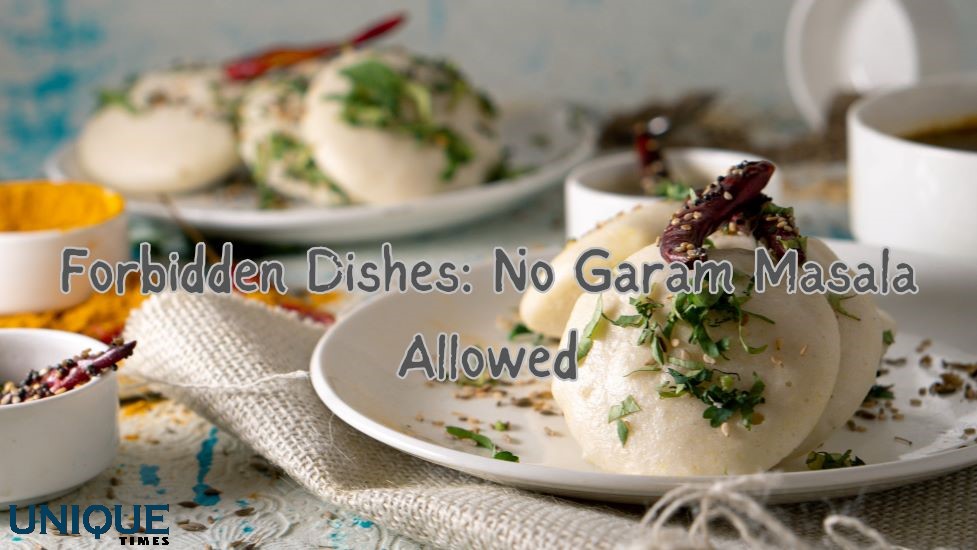9 Dishes Where Adding Garam Masala is Forbidden

Garam masala, a blend of various spices, is a quintessential ingredient in many Indian dishes, adding warmth, depth, and complexity to culinary creations. However, there are certain dishes where the addition of garam masala is not only uncommon but also considered taboo due to the unique flavor profiles and regional culinary traditions. Let’s explore nine such dishes where adding garam masala is forbidden:
1. Idli and Dosa:
Idli and dosa, popular South Indian delicacies made from fermented rice and lentil batter, are traditionally seasoned with simple ingredients like mustard seeds, curry leaves, and asafoetida. Adding garam masala to these dishes would disrupt their delicate flavors and overpower their subtle taste.
2. Pani Puri:
Pani puri, a beloved street food snack consisting of hollow puris filled with spicy tangy water and stuffing, relies on a blend of chaat masala, tamarind chutney, and other spices for its distinctive flavor. Garam masala would clash with the tartness of the water and overpower the overall taste of the dish.
3. Khichdi:
Khichdi, a comforting one-pot meal made from rice and lentils, is typically seasoned with cumin seeds, turmeric, and other mild spices. Adding garam masala to khichdi would overpower its simplicity and interfere with the subtle flavors of the dish.
4. Upma:
Upma, a savory South Indian breakfast dish made from semolina, is seasoned with mustard seeds, curry leaves, and green chilies for a burst of flavor. The addition of garam masala would be out of place in this light and aromatic dish.
5. Dhokla:
Dhokla, a steamed savory cake made from fermented rice and chickpea flour, is traditionally seasoned with mustard seeds, green chilies, and curry leaves. Garam masala would detract from the light and airy texture of dhokla and clash with its tangy flavor profile.
6. Medu Vada:
Medu vada, a popular South Indian snack made from urad dal batter, is seasoned with ingredients like curry leaves, green chilies, and cumin seeds. The addition of garam masala would overpower the subtle flavors of the vada and disrupt its traditional taste.
7. Kheer:
Kheer, a creamy rice pudding flavored with cardamom, saffron, and nuts, relies on delicate spices to enhance its richness and aroma. Adding garam masala to kheer would overwhelm its subtle flavors and alter its classic taste.
8. Sambar:
Sambar, a tangy South Indian lentil stew, is seasoned with a unique blend of spices like fenugreek seeds, coriander, and asafoetida. The addition of garam masala would clash with the tartness of the tamarind and disrupt the balance of flavors in sambar.
9. Misal Pav:
Misal pav, a popular Maharashtrian street food dish made from sprouted lentils and spicy gravy, is traditionally garnished with farsan, onions, and lime juice. Garam masala would overpower the fiery flavors of misal pav and mask its distinct taste.
In conclusion, while garam masala is a versatile and beloved spice blend in Indian cuisine, there are certain dishes where its addition is forbidden due to the delicate flavor profiles and regional culinary traditions. Understanding the nuances of when to use garam masala and when to refrain from doing so is essential for preserving the authenticity and integrity of these iconic dishes.








